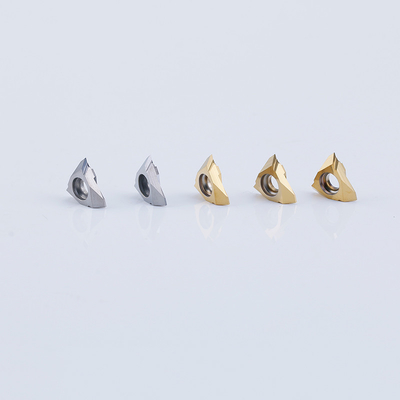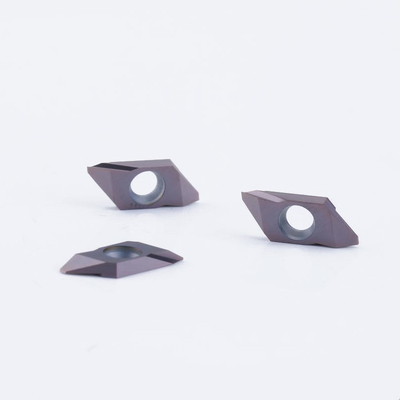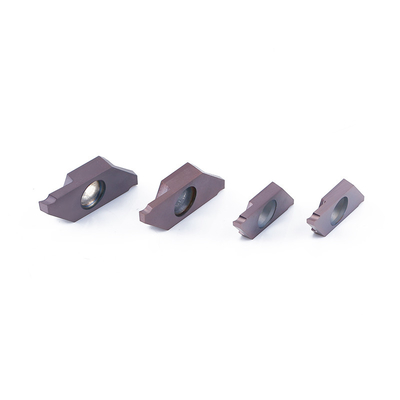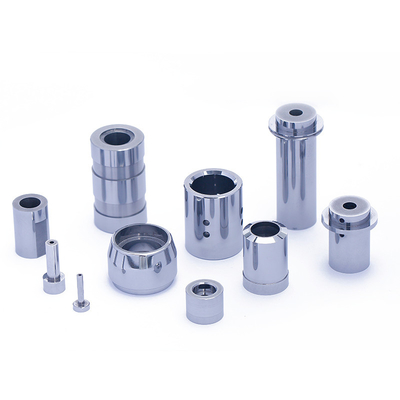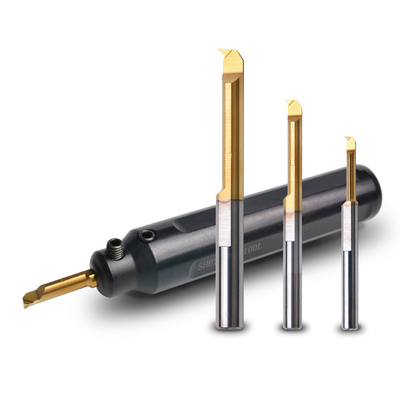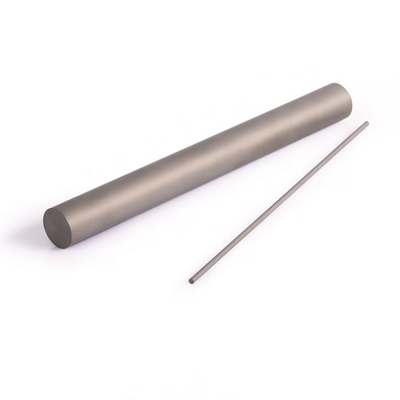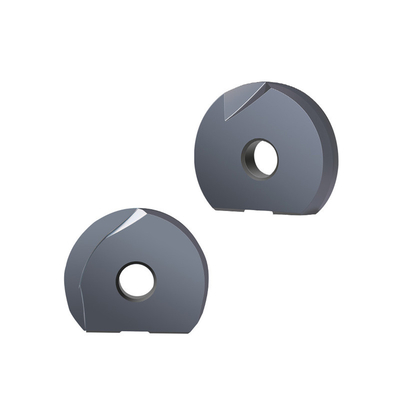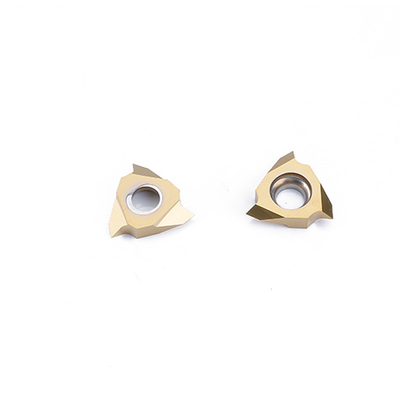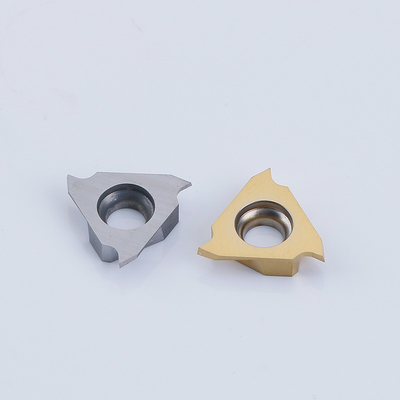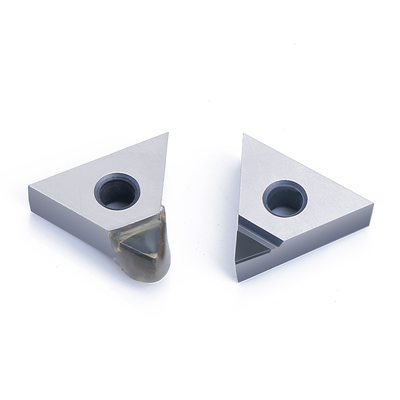How to Choose the Right CNC Milling Cutter: A Guide for Machining Efficiency
Selecting the right CNC milling cutter is critical for maximizing machining efficiency and tool life. At Drow Carbide Precision, we analyze three core factors to guide your decision:
1. Material Compatibility
- Aluminum & Non-Ferrous Metals:
Opt for high helix angle end mills (45°-60°) with polished flutes to prevent chip welding. Drow’s **UC-AL Series** milling tools, made from ultra-fine grain carbide, are ideal for high-speed aluminum machining (recommended RPM: 18,000).
- Stainless Steel & Hardened Steels:
Prioritize variable pitch designs to reduce vibration. Lab tests show Drow’s **HM&GM Series** tools extend tool life by 27% when machining 304 stainless steel compared to standard 4-flute end mills.
2. Coating Selection
- TiN (Titanium Nitride):
A general-purpose coating for low-speed carbon steel machining (<200 m/min).
- TiAlN (Titanium Aluminum Nitride):
Superior heat resistance for high-speed operations (>300 m/min) or tough materials like Inconel.
- DLC (Diamond-Like Carbon):
Reduces friction coefficient by 40%, ideal for graphite electrode machining.
3. Geometry Optimization
- Flute Count:
Use 2-3 flutes for deep slotting; 4-6 flutes for face milling to improve surface finish.
- Corner Radius:
A minor edge radius (R0.2mm) minimizes chipping risks and prolongs tool life.
Case Study:
An automotive parts manufacturer achieved a 52% increase in tool life (3,200 parts per tool) and 18% faster cycle times using Drow’s UC-AL series end mills for aluminum connecting rods.

**Internal Links**:
- Product Page: /en/carbide-end-mills
- Technical Blog: /en/blog/milling-cutter-failure-analysis
- Video Demo: /en/how-to-identify-tool-wear

 Your message must be between 20-3,000 characters!
Your message must be between 20-3,000 characters! Please check your E-mail!
Please check your E-mail!  Your message must be between 20-3,000 characters!
Your message must be between 20-3,000 characters! Please check your E-mail!
Please check your E-mail! 
